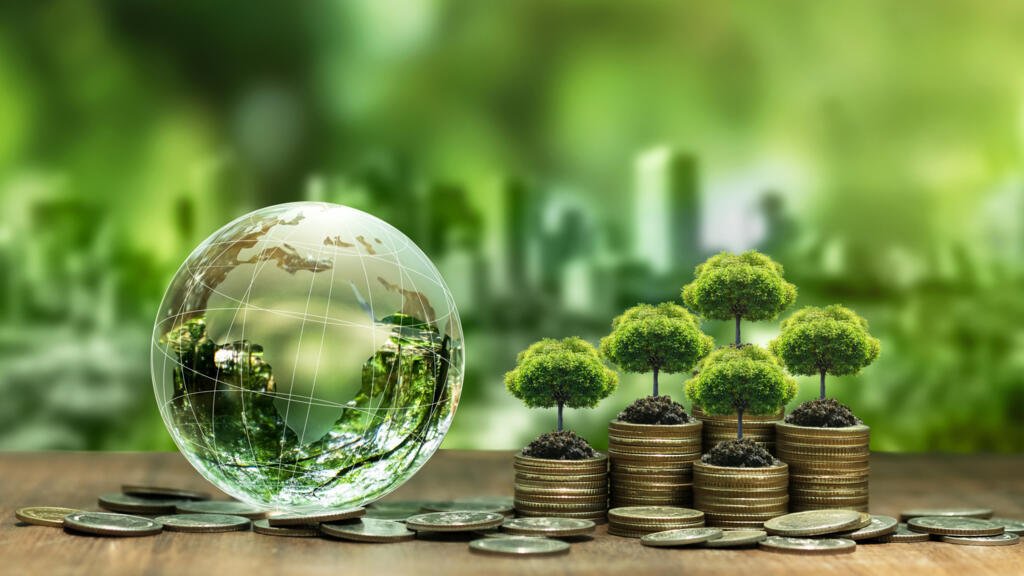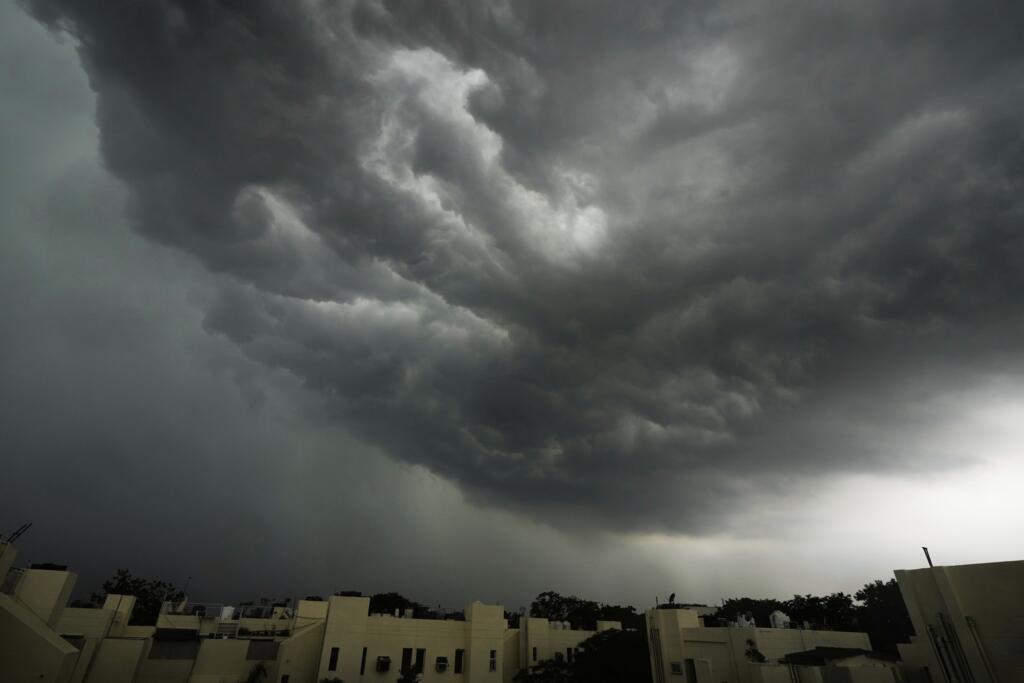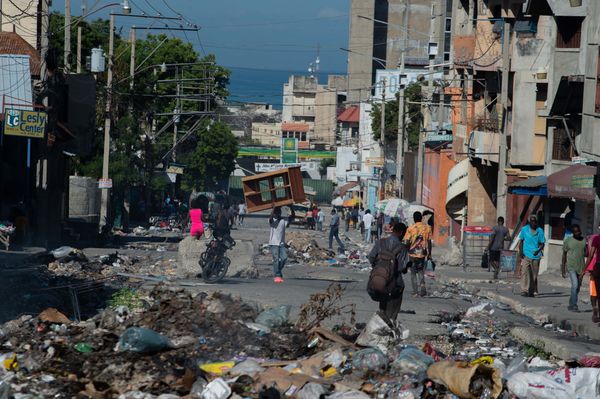
Rich countries are pushing poorer nations further into debt by giving most climate aid as loans instead of grants, a report published on Monday warned. The money often ends up back in the pockets of donor countries while vulnerable nations struggle to respond to climate disasters.
The report, by the NGOs Oxfam and CARE, comes a month before the Cop30 UN climate summit in Brazil, where governments will debate how to raise 1.3 trillion dollars a year in climate finance by 2035.
France was singled out as one of the worst offenders.
It gave 7.2 billion dollars in climate funding in 2023, but 92 percent of it was in the form of loans rather than grants. The share of loans with ordinary market-level interest rates rose from 5 percent in 2021 to 15 percent a year later.
"That is not even better than what you would get from a commercial bank," Selma Huart, a climate inequality specialist at Oxfam, told RFI. "We are not afraid to say that rich countries, especially France, are making money off the backs of vulnerable countries in the name of the climate crisis."
Overall, the report found that wealthy countries – historically the biggest polluters – are delivering about 65 percent of their climate funding as loans.
"Climate finance is supposed to help poorer countries face floods, droughts and other climate disasters," said Huart. "But for every 5 dollars they receive, they pay back 7."
Rich nations promised back in 2009 to provide 100 billion dollars a year in climate funding by 2020. They only claimed to have met that goal in 2022, reporting 116 billion dollars. But the report said that after repayments and interest, developing countries received only about a quarter of that – far below what experts say they will need in the years ahead.
Europe’s climate progress overshadowed by worsening loss of nature
Repayment trap
The loan-heavy approach is deepening debt in many low-income countries, which already spend more on interest than on health or education.
"These countries are already heavily indebted, so giving them more loans cuts their room to invest in public services, adapt to climate disasters or pursue their energy transition," Huart added.
Countries that have contributed least to global warming, the authors note, are being forced to pay the most to cope with its effects.
"Rich countries are treating the climate crisis as a business opportunity, not a moral obligation," warned Nafkote Dabi, Oxfam’s climate policy lead. "They are lending money to the very people they have historically harmed, trapping vulnerable nations in a cycle of debt. This is a form of crisis profiteering."

The world's poorest countries, mostly in Africa, got less than one-fifth of the climate funding provided by rich governments in 2021-2022. Small island nations received barely 3 percent. More than half of what they got was money they have to repay.
"This is one of the most unjust actions that rich nations can take – they are profiting from the pain of others," the NGOs said.
The focus on loans also means that projects likely to make a profit, such as renewable energy plants, are more likely to get support than essential but less profitable work like building irrigation systems in drought-prone areas.
"We would rather invest in a solar energy project in Kenya, for example, to sell electricity and generate revenue," said Huart. “In contrast, irrigation projects to secure agriculture in the Sahel, even though they are important for improving drought resistance, get less funding because they are less profitable."
Worldwide, only about one-third of climate funding goes to adaptation, even though this is a top priority for many countries in the global south.
Indigenous knowledge steers new protections for the high seas
Aid cuts compound crisis
Rich countries delivered their long-promised 100-billion-dollar climate pledge two years late. Now many are cutting aid even as climate impacts worsen. OECD figures show development aid fell by 9 percent in 2024 and could drop by another 9 to 17 percent in 2025.
Money to help countries recover from climate disasters is stilling falling critically short. The Loss and Damage Fund set up at Cop28 has received only about 800 million dollars in pledges, far short of the hundreds of billions experts say are needed.
Oxfam and CARE estimate that only about 1 percent of climate funding in 2022 went to this kind of support.
"Rich countries are failing on climate finance and they have nothing like a plan to live up to their commitments," said John Norbo, senior climate adviser at CARE Denmark. “Cop30 must deliver justice, not another round of empty promises."







